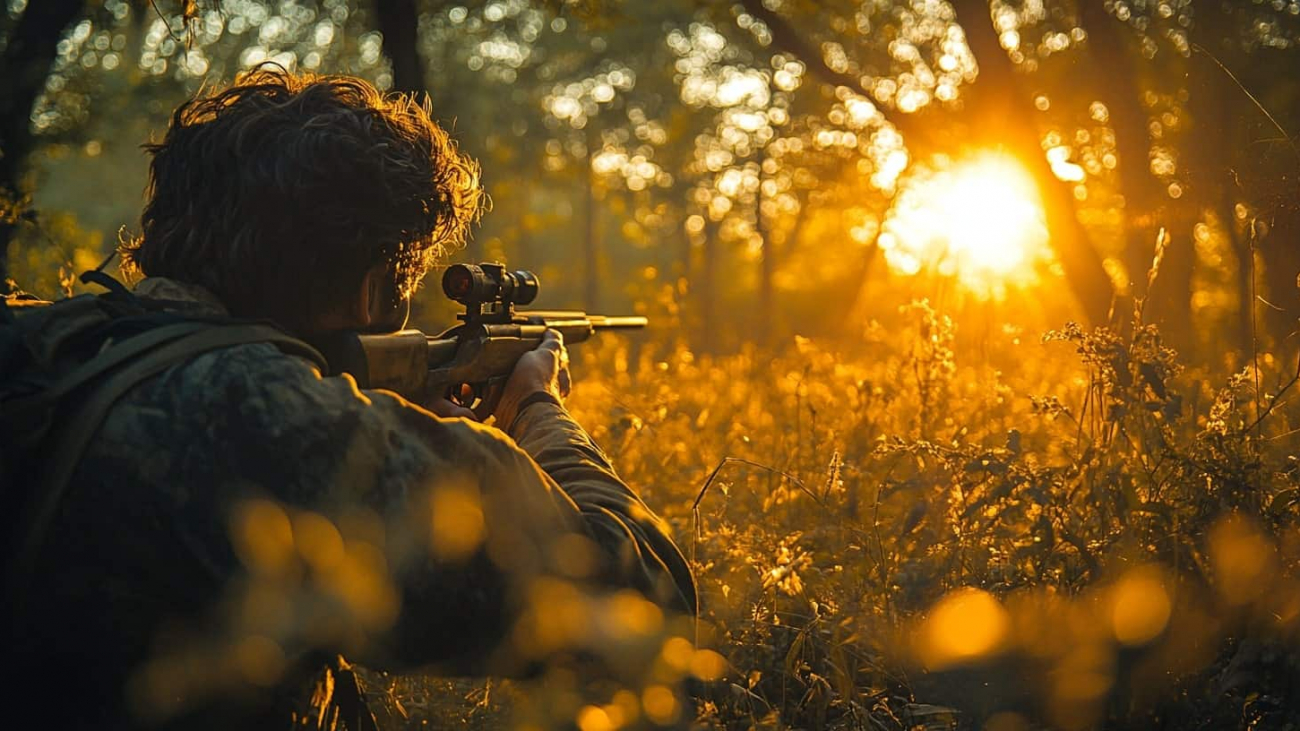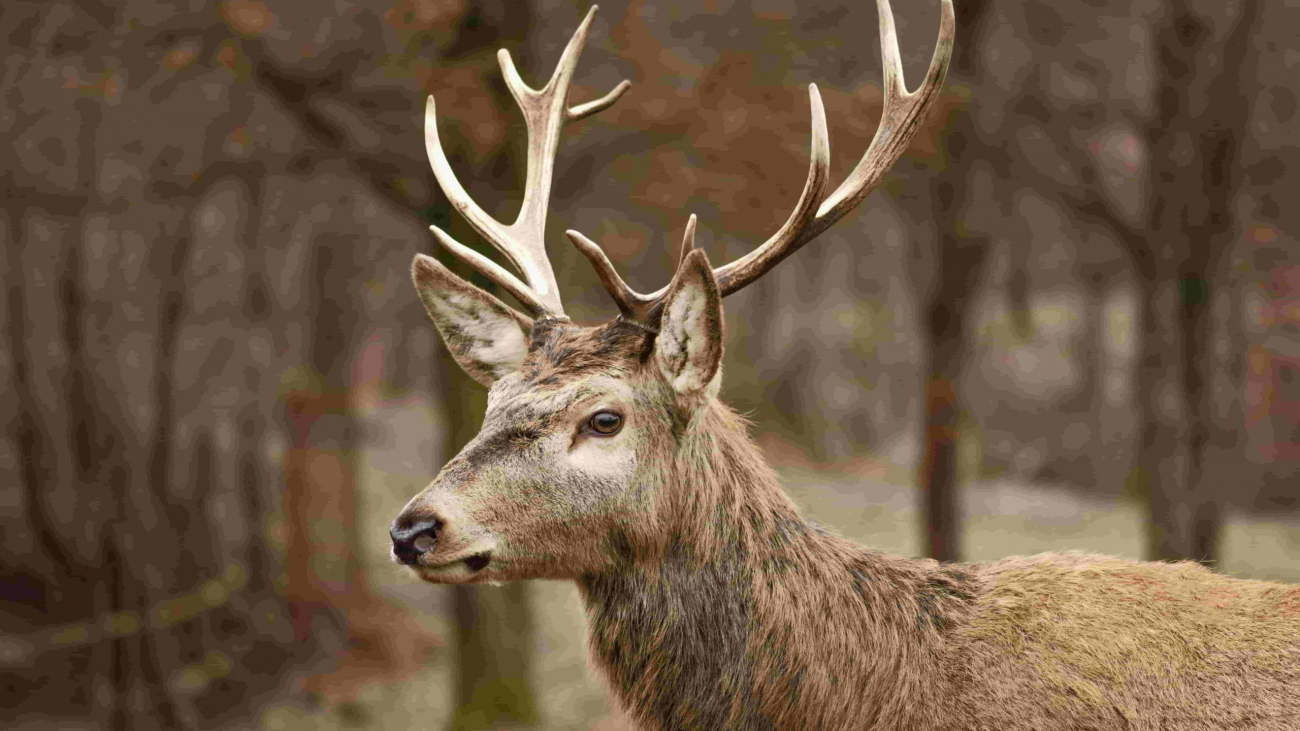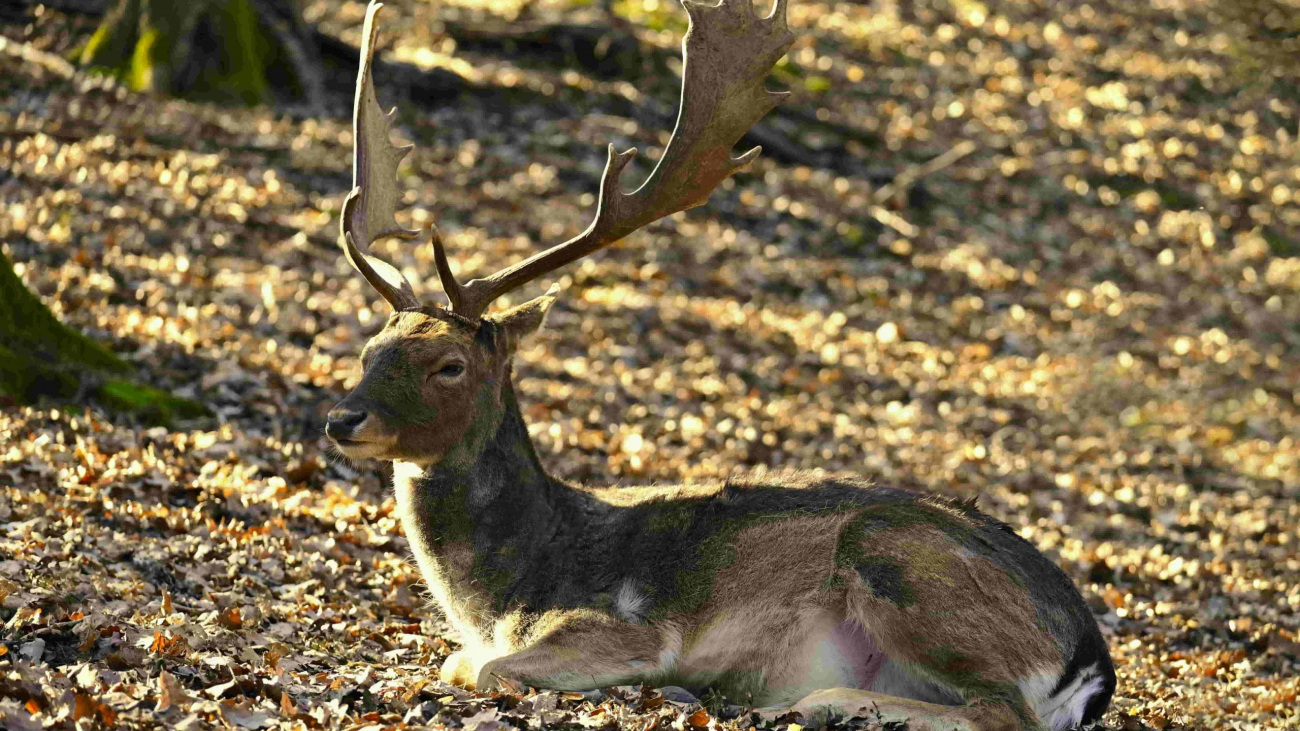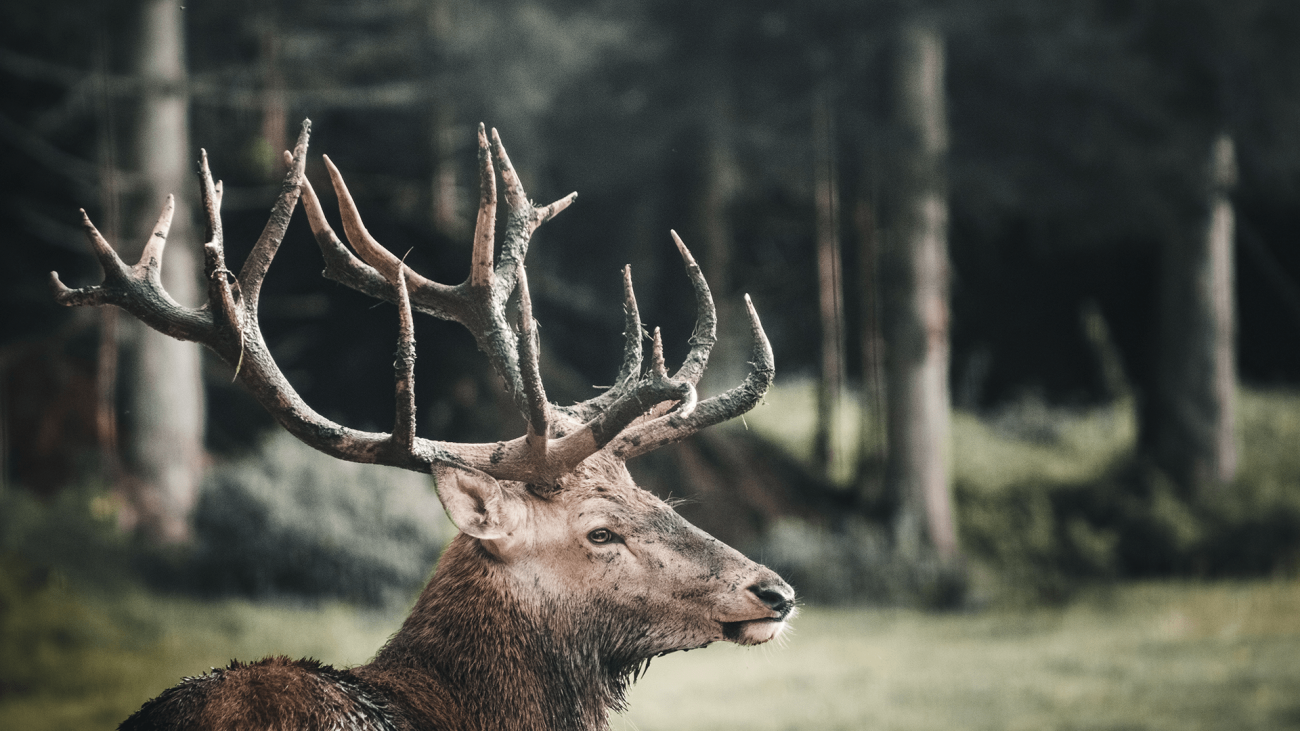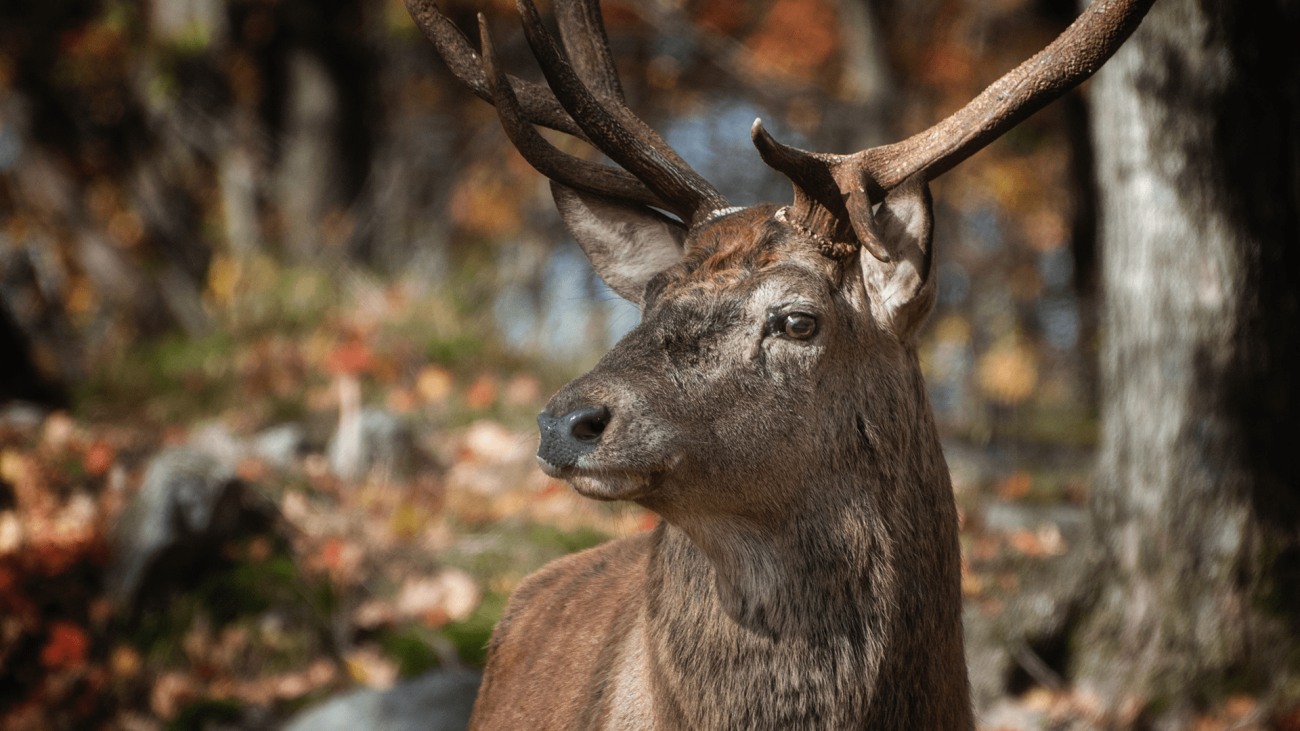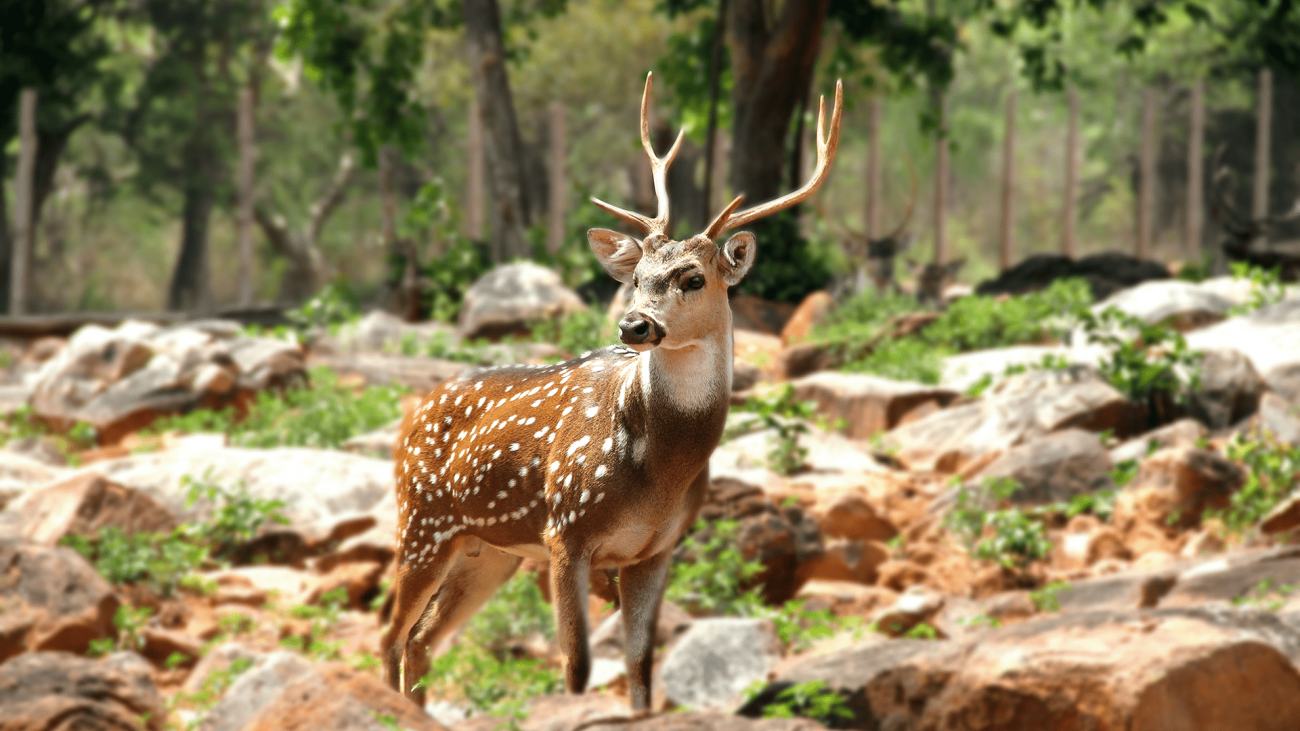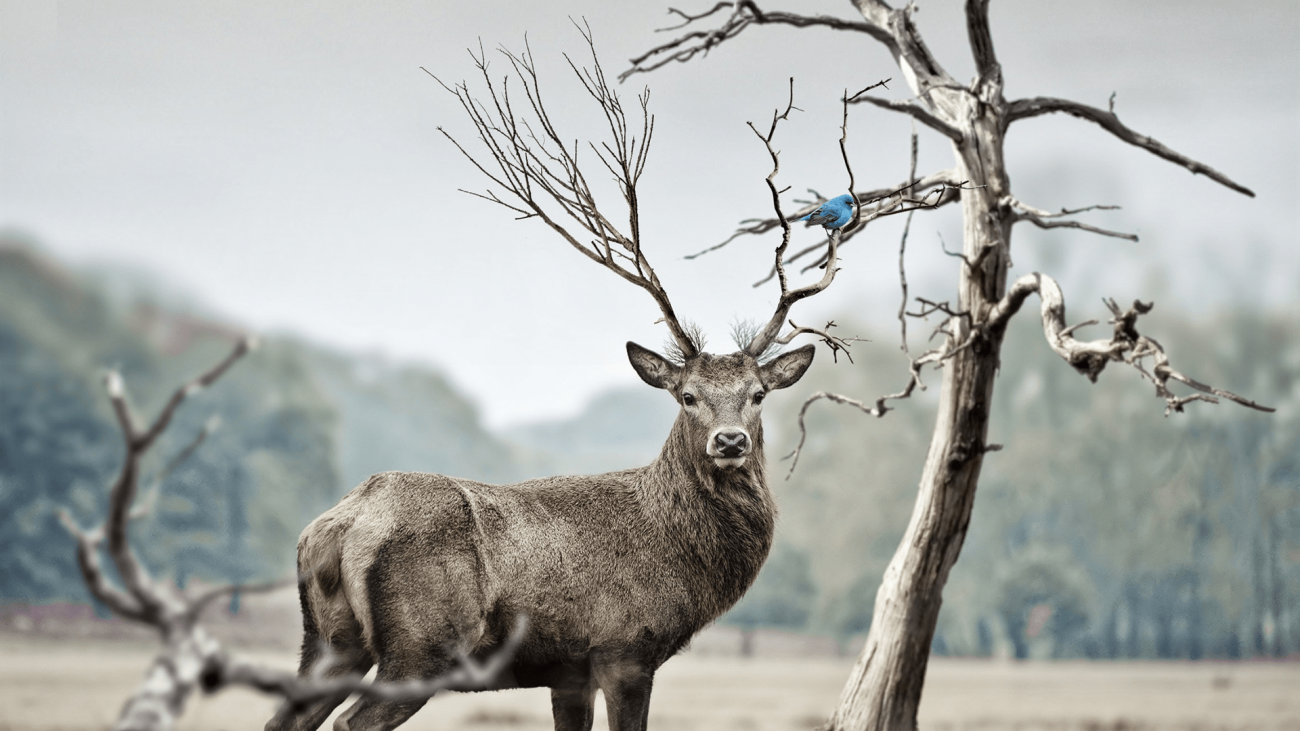Texas is a hunter’s paradise, renowned for its vast landscapes, varied ecosystems, and abundant wildlife. While whitetail deer may be the most sought-after game in the state, Texas offers an incredible variety of hunting opportunities for those willing to venture beyond the traditional deer lease. From the dense pine forests of East Texas to the arid deserts of the west, hunters can pursue a diverse range of species, including wild hogs, exotic game, upland birds, and waterfowl.
This guide explores some of the best locations in Texas for hunting different game species, providing insights into the terrain, regulations, and tips for a successful hunt.
The Rich Diversity of Texas Game
Texas boasts a unique blend of native and non-native species that thrive in its diverse habitats. Whether you’re after feral hogs, pronghorn antelope, turkeys, or game birds, each region of Texas presents distinct hunting opportunities. With millions of acres of public and private hunting land, there is no shortage of places to explore.
Hunting Wild Hogs – Statewide Thrill with No Bag Limits
One of the most exhilarating hunting experiences in Texas is pursuing wild hogs. These invasive animals are present in all 254 counties, making them accessible to hunters year-round with no bag limits. Hogs are highly intelligent, fast, and dangerous, providing an adrenaline-pumping challenge for hunters.
- Best Hunting Spots:
- South Texas Brush Country – Known for its thick mesquite and rugged terrain, this area provides excellent cover for hogs.
- East Texas Pineywoods – Swamps and river bottoms make this a prime habitat, particularly around the Sabine and Neches Rivers.
- Central Texas Hill Country – Rolling hills and dense oak forests create a perfect environment for large hog populations.
Night hunting is particularly popular, using thermal optics or night vision to track and take down these nocturnal animals. Many outfitters offer guided hunts for those new to feral hog hunting.
Pronghorn Antelope – The Speed Demon of the Plains
For those looking for a true Western hunt, pronghorn antelope offer a unique and highly rewarding challenge. Known for their speed and keen eyesight, these animals require careful stalking and precise long-range shooting.
- Best Hunting Spots:
- Panhandle Plains – The open grasslands of the Texas Panhandle provide ideal conditions for pronghorn.
- Trans-Pecos Region – This rugged desert terrain is home to some of the largest pronghorn herds in Texas.
Pronghorn hunting in Texas is limited and highly regulated, requiring a special permit through the Texas Parks & Wildlife Department (TPWD). Hunts typically take place in the fall and are considered one of the most coveted draws in the state.
Rio Grande Turkey – A Springtime Tradition
Spring turkey hunting in Texas is a tradition among local sportsmen, and the Rio Grande turkey is one of the most abundant subspecies in the U.S. These birds are smart, wary, and require skilled calling techniques to lure them into range.
- Best Hunting Spots:
- Edwards Plateau (Hill Country) – The rolling hills and oak-covered landscapes provide ideal turkey habitat.
- South Texas – Large ranches with open fields and scattered woodlands make for excellent turkey hunting grounds.
- East Texas – This region has a smaller but growing population, with ideal hunting near the Sabine National Forest.
Hunters use a variety of methods, including decoys and mouth calls, to bring toms (male turkeys) within shooting range. The spring season is the most popular, but a limited fall season is also available.
Upland Bird Hunting – Quail, Pheasant, and Chukar
Texas is home to some of the finest upland bird hunting in the country. Whether you prefer the fast-flushing bobwhite quail or the elusive pheasant, there are fantastic opportunities across the state.
- Best Hunting Spots:
- Rolling Plains and Panhandle – The best areas for bobwhite quail, with vast grasslands supporting healthy populations.
- South Texas Brush Country – Known for its robust quail hunting, often paired with exotic game hunts.
- West Texas and Trans-Pecos – Home to chukar and scaled quail, requiring tough and strategic hunting.
Quail populations fluctuate based on weather conditions, with strong numbers following wet years. Many hunters choose guided hunts with trained bird dogs to maximize their success.
Waterfowl – The Best Texas Duck and Goose Hunts
From the coastal marshes to inland reservoirs, Texas is a major destination for waterfowl hunters. Whether you’re after pintails, mallards, or snow geese, the state provides world-class opportunities.
- Best Hunting Spots:
- Texas Gulf Coast – From Matagorda Bay to the Laguna Madre, this region offers some of the best duck hunting in the state.
- East Texas Wetlands – The flooded timber and rice fields near Anahuac and Winnie attract thousands of ducks.
- Panhandle and Prairie Lakes – Known for exceptional goose hunting, including Canada geese and snow geese.
Most waterfowl hunts require early morning scouting, decoy placement, and excellent calling skills. Hunting in public areas like the Texas Parks & Wildlife waterfowl management areas (WMAs) can be highly productive, but guided hunts on private land often yield the best results.
Conclusion
Texas is a haven for hunters seeking diverse and exciting game beyond whitetail deer. From wild hogs and pronghorn antelope to turkeys, quail, and waterfowl, the state offers unparalleled opportunities across its varied landscapes. Each region provides unique challenges and rewards, making Texas one of the most dynamic hunting destinations in the United States.
For hunters looking to expand their skills and experiences, venturing beyond traditional whitetail hunts can be incredibly rewarding. With careful planning, knowledge of the terrain, and respect for regulations, every hunting season in Texas offers a new adventure.
